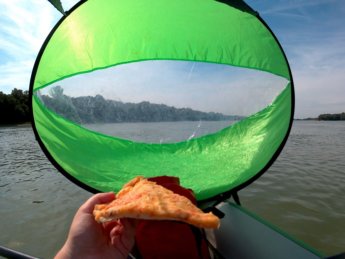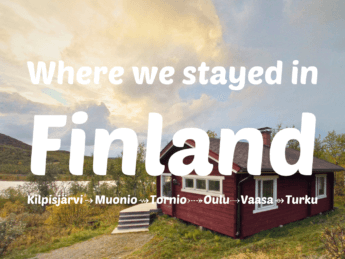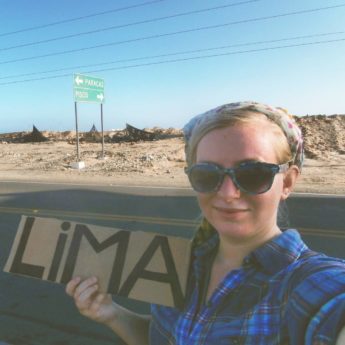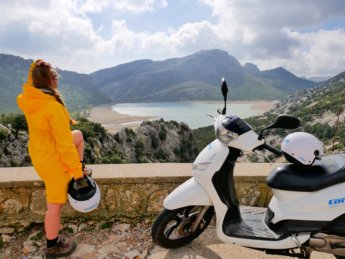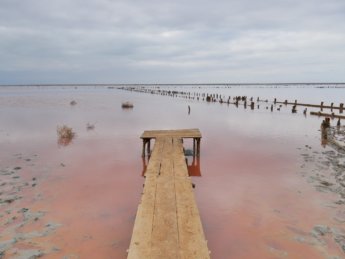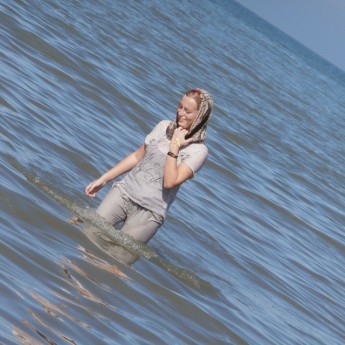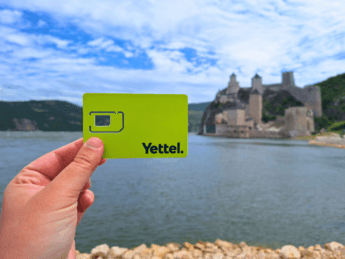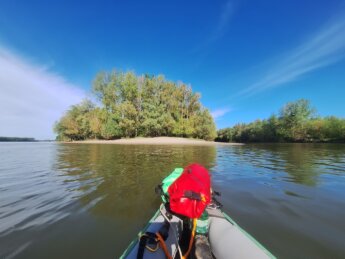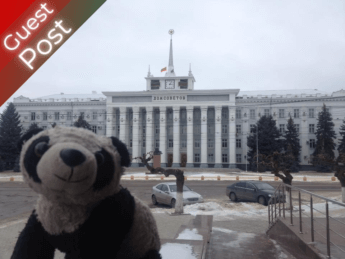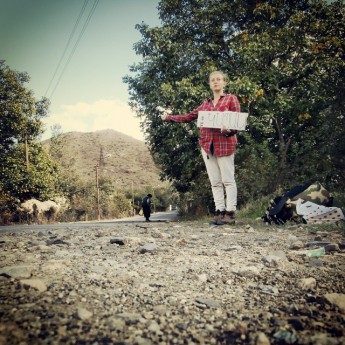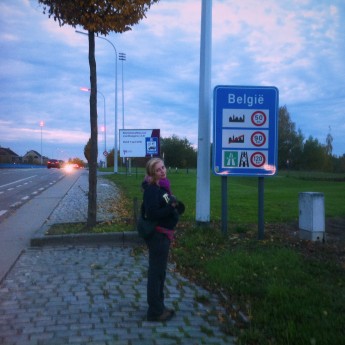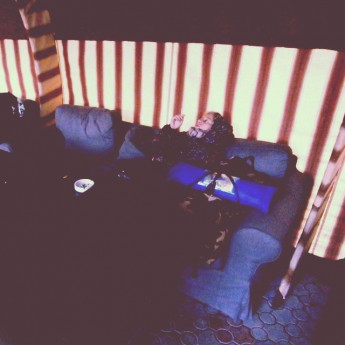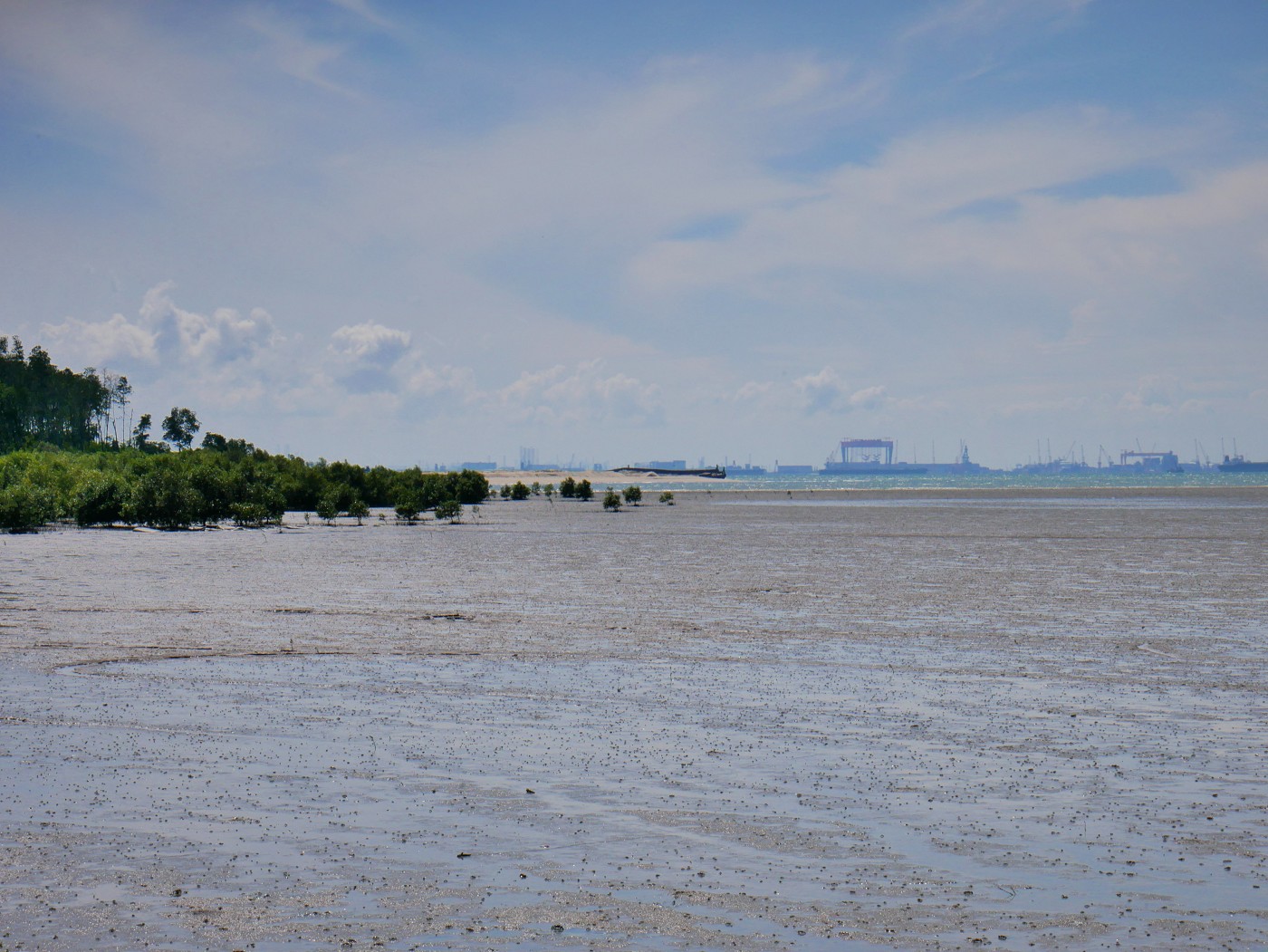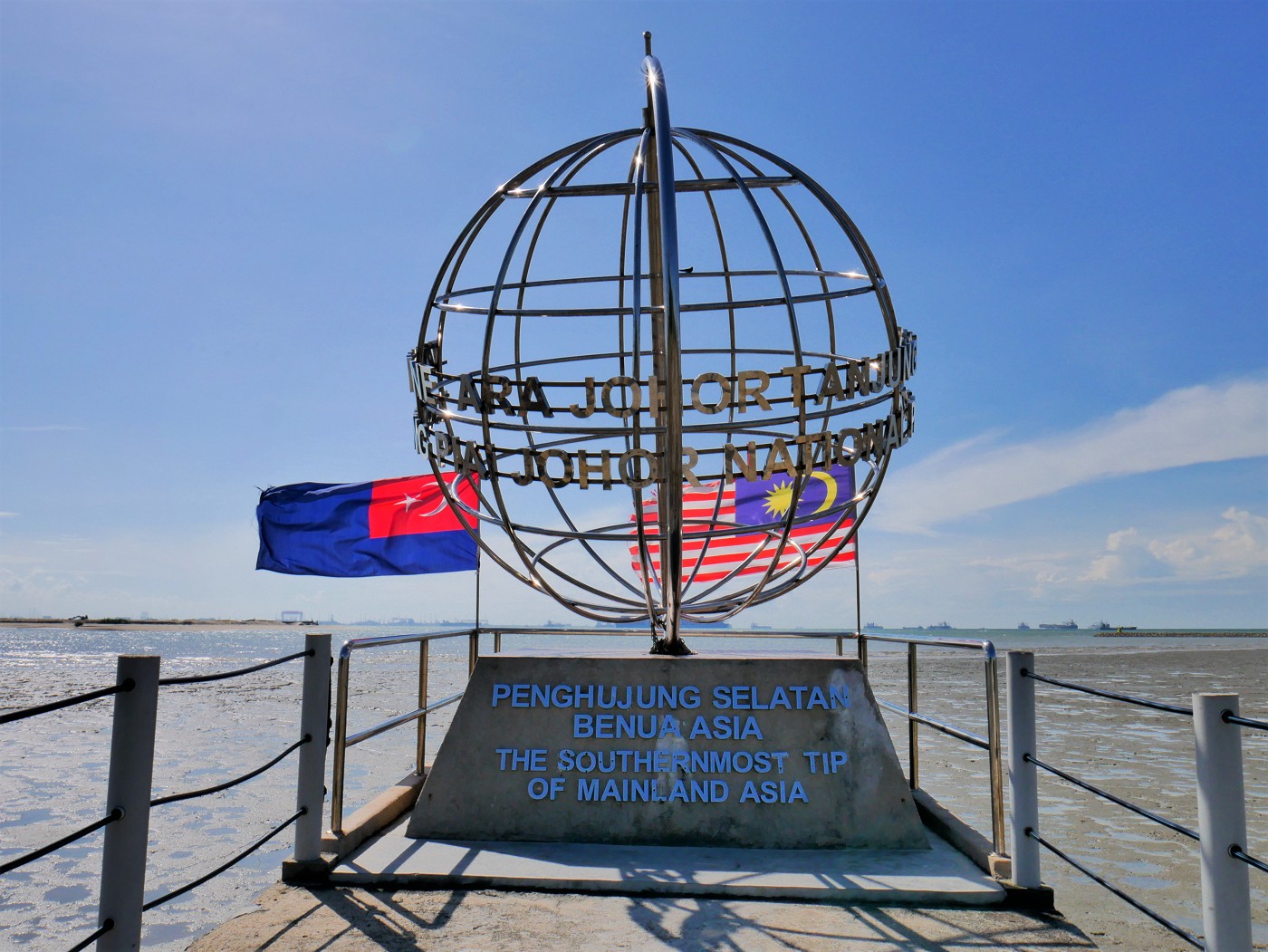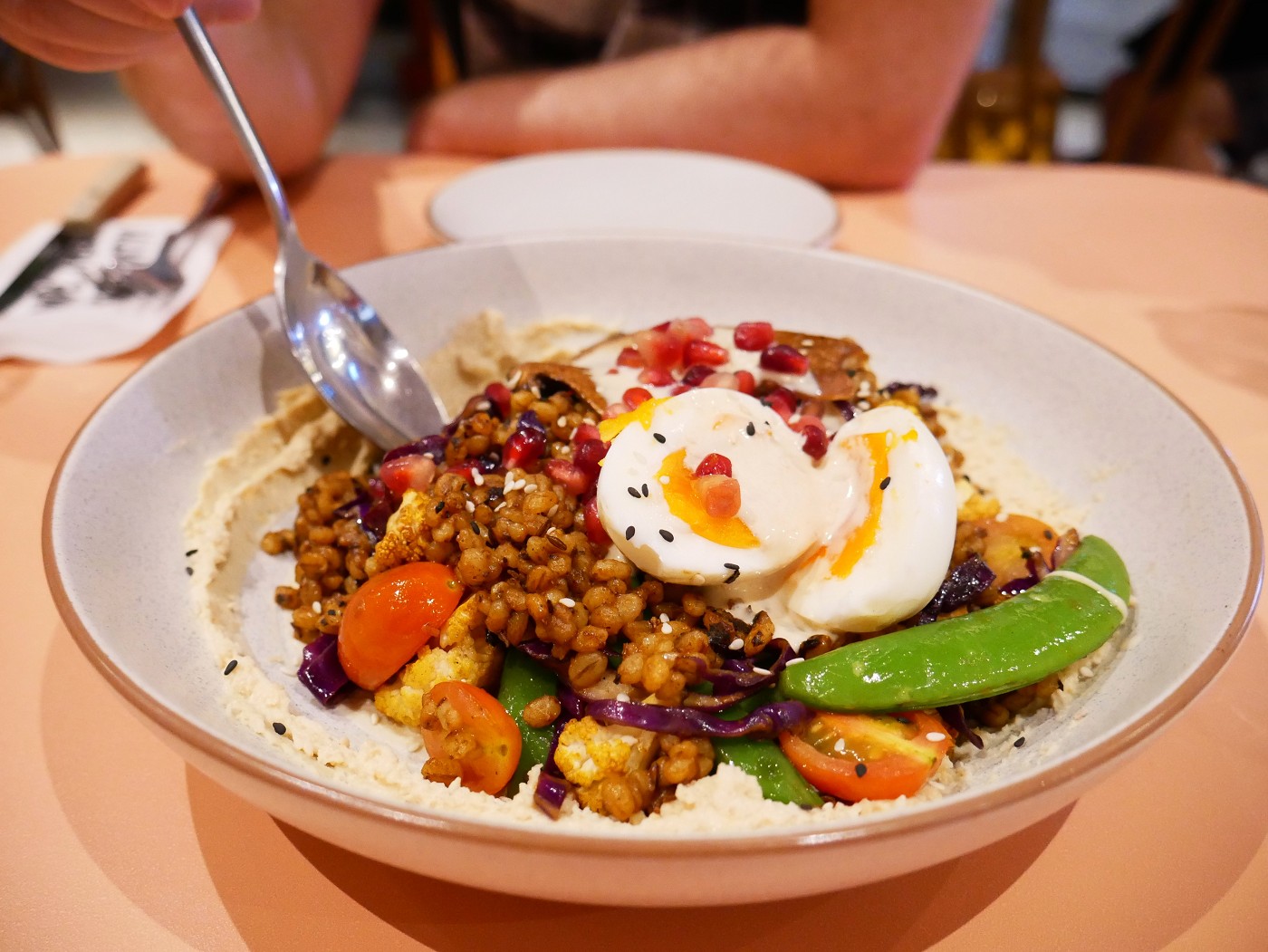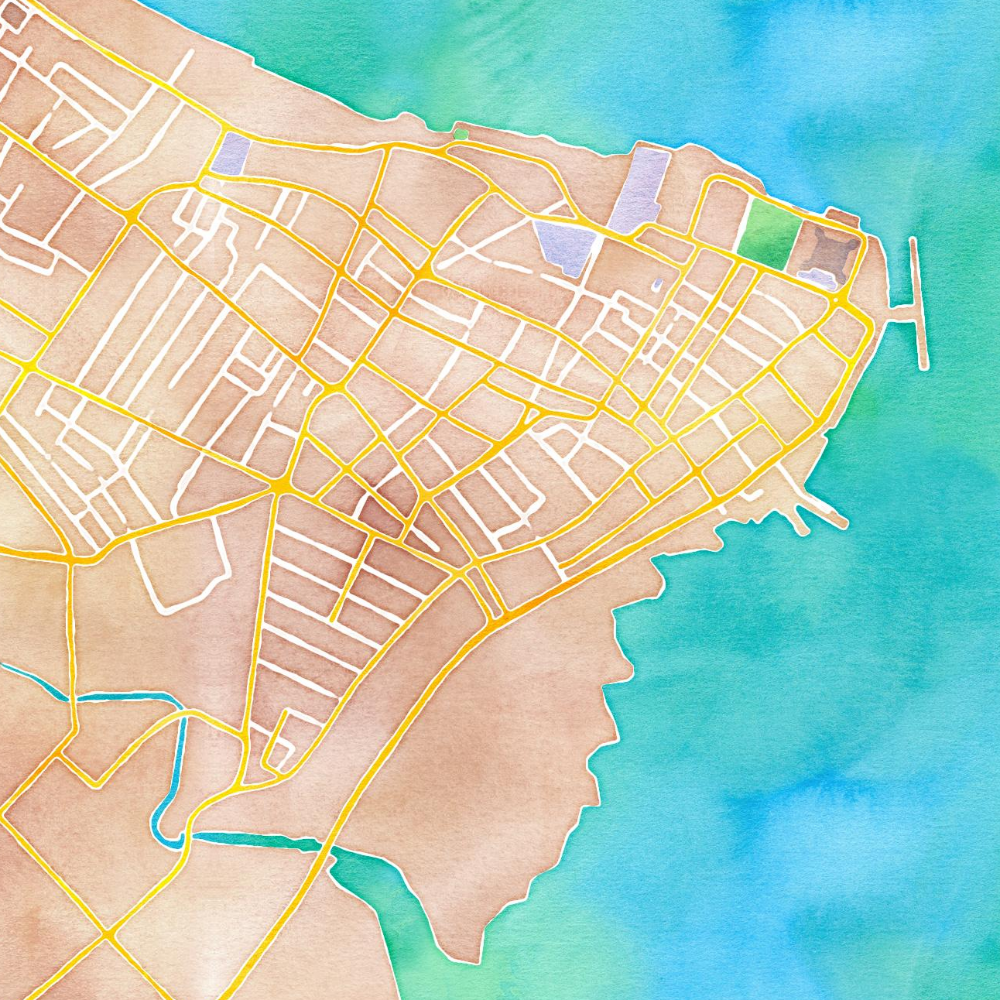We visited this extreme point in Asia on the 26th of August, 2020. This was during the pandemic, therefore visiting Tanjung Piai Johor National Park (Taman Negara Johor Tanjung Piai) came with all sorts of rules.
Contents
The Idea to Visit Tanjung Piai
As you might know, visiting the extreme points of the continents is my thing. I mostly enjoy visiting the mainland extreme points because they’re easier to measure than what island still counts as Europe or Asia, etc. So before we traveled to Asia in 2019, I’d looked up a few places like this, and Tanjung Piai in Peninsular Malaysia popped up. Great! We were planning to go there anyway. Squeezing in this part of Johor on the way to Singapore would be a bit tricky but not completely undoable.
And then the pandemic came and all our and everyone else’s plans were fucked. We stayed locked down in Penang for a while before the country sort of reopened for domestic tourism. No new tourists could come in, but we could travel around in relative peace. That’s when we made our move to travel to the small city of Pontian and then do a day trip to Tanjung Piai (and another one to Kukup).
Taking a Grab from Pontian to Tanjung Piai
To get to the national park, we looked at buses. But they seemed unreliable and we couldn’t really figure them out. Jonas decided to check the price for just taking a Grab the entire 30 kilometers.
The morning of, we arranged a Grab. The guy thought it was a pretty long ride but didn’t have any objections. I sat in the passenger seat so I could make a vlog. The entire route is almost completely straight and goes through a sparsely populated area, often with big mansions for people with big cars.
We arrived at the entrance of the national park and got ourselves tickets. We’d brought our passports and other documents to show that we were indeed tourists that were allowed to overstay since we entered Malaysia pre-pandemic. There was no issue as long as we sanitized our hands and wore our masks the entire time. Then we could enter the endless maze of boardwalks of Tanjung Piai national park. It starts with a few buildings with information about the natural features of this area, such as the mangroves and the mudskippers. We’d come back for that after completing our main mission.
Monument at the Southernmost Point of Mainland Asia
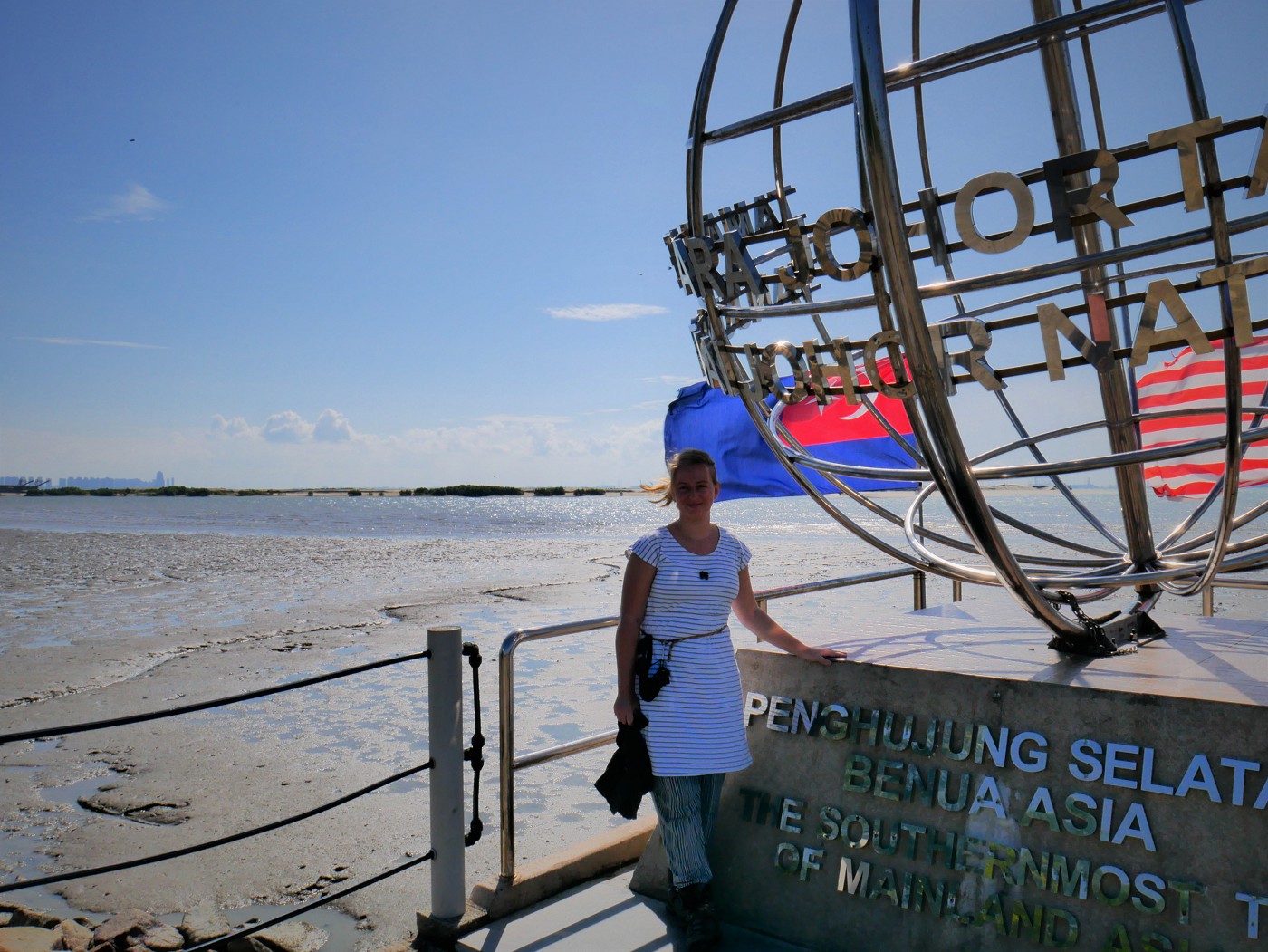
With my OSM map and some signs, we followed the boardwalks to the southernmost point. There was a lot of maintenance activity by park employees on both the boardwalks and the ground below. I guess there’s no better time to fix up your park infrastructure than during a pandemic. It’s a tidal area and during our visit, it was low-ish tide. So it was relatively dry. I found the ground quite clean considering how rooty mangrove trees are and that there’s the tide coming in here twice a day, bringing in fresh sea trash from one of the busiest straits in the world.
We walked out of the forest and arrived at the monument. Amazing, I love it! It’s a globe that says the name of the national park and “The southernmost tip of mainland Asia” in both Malay and English. It would be possible to spin the globe, had they not locked it together with a chain. As per usual, it’s a very windy spot. You can see loads of oil tankers and container ships anchored in this place where the Strait of Malacca, Singapore Strait, and Straits of Johor meet.
The skyline of west Singapore beyond the industrial areas was visible and on the south side we could see Great Karimun island in the Riau Archipelago of Indonesia. So yes, from one country we could see two other countries that were unfortunately closed because of COVID-19.
Flora and Fauna of Tanjung Piai Johor National Park
We walked around the park’s many boardwalks some more and found many dead ends due to maintenance. Not all viewpoint jetties were accessible, unfortunately. There was one other jetty I really wanted to check out, which is the longest one facing the southeast. It actually goes much further south than the actual southernmost point on the mainland, but it’s completely built on stilts.
On the way over, we looked down at the mud and saw telescoping snails originally named Telescopium Telescopium, and some bright red crabs that were… out crabbing. Later, we also saw a family of wild boars (banded pig) dashing through the forest. They can apparently swim across this strait, which is why you can also find them on the Indonesian islands.
Tanjung Piai is a Ramsar Wetland, which means that all the mangroves and species that live here are protected. If we would let humans just chop it all down, Malaysia’s natural coastal defenses in this area would simply wash away.
At the other jetty, we chilled in the shadow and enjoyed the vistas of Indonesia. If we had better timing, we could have taken the ferry from nearby Kukup to Tanjung Balai Karimun, though I’m not certain this ferry was ever for third-country nationals.
At this jetty, we stared at the mud long enough to see the mudskippers. It’s a good name because that’s what they do; flop through the mud in a semi-elegant way. They’re pretty neat. They look a bit like a species from early evolution that decided it wanted to be neither fish nor land animal.
Returning to Pontian by Hitchhiking to Kukup
We left the park soon after the jetty. I had a great time here and thought the park was worth the visit beyond just the southernmost point. At the parking lot, we checked if there were any Grabs in the area. There weren’t, but there was a man going to his car and Jonas decided to ask him where he was going and if it would be okay to ride with him. The man agreed, so we got ourselves our first hitch since the pandemic!
The driver’s name was Umar and he works at the national park. He was driving to Kukup, from where there’s a scheduled bus service back to Pontian. Anyway, I was so happy to finally hitchhike again. Jonas chatted with Umar in the front seat.
We were dropped off in Kukup and thanked the driver. We decided to first check out the town and see if we wanted to eat here or in Pontian. The density of restaurants increased as we got closer to the ferry terminal, where we inquired about the ferry to Indonesia. We might have been able to take it in the before times. Also, this is where we got information about Kukup Island National Park, which is an island just off the shore here. We got information about the prices and opening times, and then walked back to the bus station.
There was no bus for probably another hour and still, there were no Grabs popping up in the area. So we took a regular old Mercedes taxi back to Pontian. No aircon was a bit tough on me.
We went to our favorite Chinese Buddhist vegetarian restaurant named 家香 素食美食 in Pontian before returning to Aloha Hotel. All in all, this was a great little day trip.



